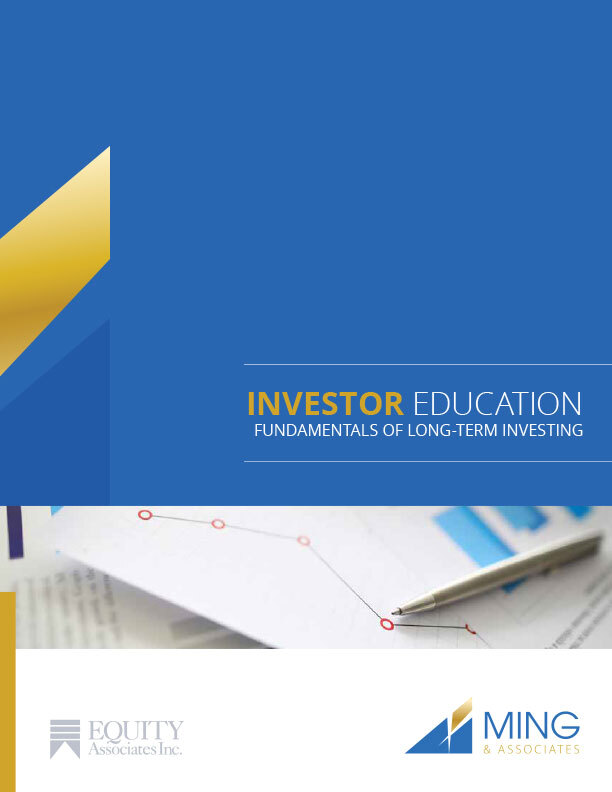Demographic and economic changes have elevated longevity risk when planning for retirement. Not only are we seeing this in Cornwall and the surrounding area, but all around Canada… Retirees are simply living longer!
Today, retirees are rightly concerned with the risk exposure of their investments. Many investors spend considerable time looking for investment management that meets their downside risk tolerances (i.e. they want to minimize short term losses). Unfortunately, the focus on volatility and protecting from temporary market downturns can mean that the single biggest risk for many retirees – outliving their capital – remains unaddressed.
Based on the Canadian Institute of Actuaries 2014 Canadian Pensioners Mortality Report, a 65-year-old couple has a 25% chance that one spouse will live to at least age 97 and a 10% chance that one will live to at least age 101. A 60 year old couple has a 50% chance that one of them will live to age 90.
Elevated longevity increases the amount of capital and/or the required rate of return needed to fund retirement. Worse, fixed-income returns have waned. Long-term Canadian government bonds are currently yielding about 2.2%.
Although government monetary policy is a factor in today’s low rates, structural changes – lower productivity, slower labour growth and massive government debts – are signals that low interest rates could persist for the foreseeable future. It will likely be a long time until we are back to interest rates of 8 – 10% that many of us recall from the 1990’s.
Meanwhile, with current equity markets fairly pricey, it would suggest that future returns from equities will be lower than those enjoyed during the recent past.
The Financial Planning Standards Council and the Institut québécois de planification financière recently released their 2018 projection guidelines. These guidelines are suggestions for financial planners to use when making retirement plans for their clients.
Their recommended annual return assumptions: Canadian equities, 6.4%; foreign developed market equities, 6.7%; and emerging markets, 7.4%. This means that returns from a balanced portfolio will likely be in the 5% range during the coming decade.
On top of these challenges, affluent retirees face soaring tax rates and fiscal changes that could negatively affect their overall estate and financial well being.
To avoid the biggest risk of all, that is of outliving your capital, retirees must establish realistic retirement budgets that include recurring and non-recurring expenditures. Cash-flow elements, such as pensions, gifts to children and the impact of inflation, must be incorporated.
It is more critical than ever to have a detailed retirement income plan that incorporates long-term expected returns that reflects the asset mix of the portfolio, income taxes, inflation, and optimizes investments between RRIF, TFSA, non-registered and potentially corporate accounts as well. An article describing the 5 key steps we use in our process is in our October 2017 Newsletter.
The goal at the end of the day is to have a plan that balances and optimizes the interplay between spending levels, portfolio composition and downside risk and the probability of running out of capital. This type of planning will lead to a strategy that better balances volatility risk with longevity risk so that retirees have the best plan they can, given their circumstances

